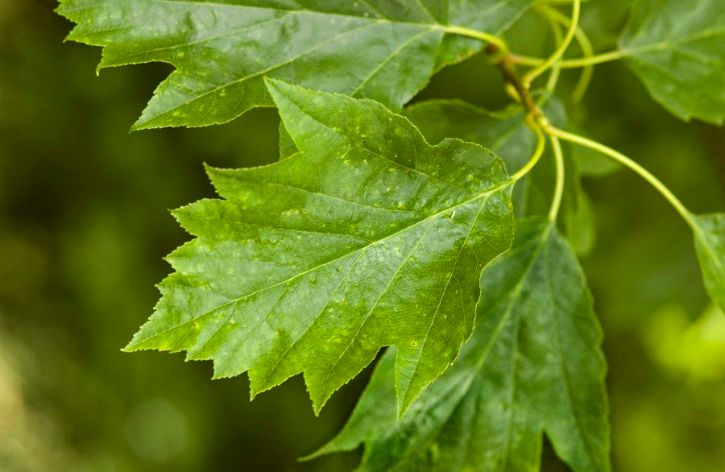The forest cycle

Dhaka, 29 November, 2020: Well-managed forests last forever and rely on the forest cycle – plant, grow, fell, plant, grow, fell.
The cycle includes:
- Preparation – in some places we need to prepare the ground before planting. To give our trees the best start, we create mounds of soil to plant them in.
- Planting – planting is usually done by hand. We plant trees close together to give them protection from the wind and to encourage them to grow tall. Soil type, climate and site, can help decide which trees we plant.
- Thinning – we usually plant more trees than we need. That way, we can remove the trees that aren’t doing so well to make room for the rest to grow.
- Felling – we cut the trees down at 40 to 150 years of age – depending on the type of tree. Once felled, a timber lorry takes them from the forest roadside to the mill and they're turned into timber products.
The timber industry
Providing wood and timber for use in our daily lives is one of the most important benefits of our forests and woodlands.
Wood is a wonderful natural and completely renewable material. Every part of a tree – the roots, bark, branches and trunk – is put to use to make different products – from medicines to mulch, from paper to planks.
From tree to timber to products
Different timber products are made from different parts of the tree.
Thinnings, tops of trees and small trees
- Paper and cardboard – wood broken down into pulp, mixed with water, spread in a layer then rolled and dried under pressure.
- Chipboard – small particles of wood bonded together, rolled under pressure to form a sheet. Used for flooring, roofing and partitions.
- Medium Density Fibreboard (MDF) – like chipboard except using wood fibres. Easy to work and shape.
- Oriented Strandboard (OSB) – like chipboard except using large flakes of wood. Used for flooring.
Trunks or sawlogs
- Large–dimension beams for specialist construction work.
- Planks and boards sawn straight from the tree – the simplest timber products.
Bark and other parts of the tree
- Bark chippings, rustic poles, small logs and coppice wood.
Softwood vs Hardwood
In Scotland, we only produce a small amount (15%) of the timber we need. Most of it we get from fast growing conifers like Sitka spruce. Conifers are cone-bearing and often have needle-like leaves. Timber from conifers is known as softwood. Fir, pine, spruce and larch are other types of conifer. They do well in cold conditions and most are evergreen but some, like larch, are deciduous and drop their needles in winter.
Timber from broadleaves (such as oak, ash and beech), is known as hardwood. Broadleaved trees usually have wide leaves that are lost in the autumn, although some, like holly – are evergreen. Hardwoods are used to make high quality products including furniture. Hardwood is also used in making charcoal and basket-making.

